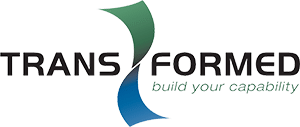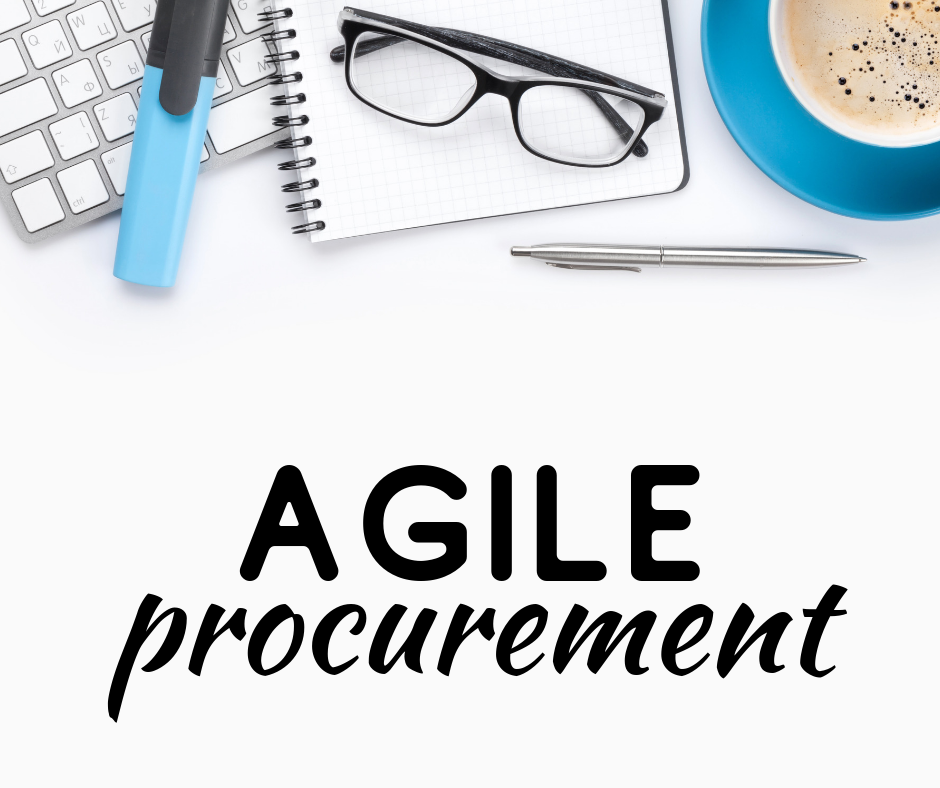Are you agile? The “agile” buzzword has been thrown around in business for a few years. Now, procurement functions are embracing the agile methodology.
But what exactly is agile? What does it mean for procurement? And should you be using it?
Let’s start by looking at the agile methodology.
There’s no single definition of agile. Essentially, it’s a set of principles designed to empower teams to break out from their departmental silos and conventional processes so they can work more efficiently.
Another way of looking at agile methodologies is that they challenge businesses to do more with less and at a faster pace, and above all, to have a customer-focused mindset.
Originally, the agile methodology comes from the world of project management – specifically software development in 2001. Instead of a project manager following a set, strict line of procedures and processes, the agile methodology means project team members are more open and collaborative.
They listen to customers’ changing needs and take on new ideas and technologies as they arise. In other words, an agile team is quick to adapt. This means decision making needs to be quicker, which means teams need to be more independent and self-reliant.
Definition of Agile Procurement
How does agile apply to the procurement function?
In a perfect world, agile procurement is “creating an adaptive partner ecosystem where you adapt to needs and circumstances in a relationship rather than having contractual handcuffs on”, as agile coach Mirko Kleiner told CIPS.
There are three main elements to agile procurement:
- Solve problems at the source
An agile procurement approach provides specific solutions to solve problems by targeting the source of the issue. In other words, you take a proactive approach – not a reactive one.
- Be flexible
Agile procurement functions can adapt to change quickly, whether strategy or industry regulations. This requires real-time visibility, data insights and collaborative tools.
- Collective wisdom
Collaboration is a key pillar of agile methodology. You need to draw on everyone’s strengths to become more efficient and identify new opportunities.
How can you become agile?
Agile procurement is about more than working in huddles, scrums and sprints.
It’s a mindset. And that means you cannot expect change to happen overnight.
An agile approach takes time to develop, especially in a traditionally minded organisation.
McKinsey found in a recent survey that, “The greatest enablers of — or barriers to — a successful agile transformation are leadership and culture.”
The fact is that organisations, including the procurement function, tends to be reluctant to veer from those processes that have underpinned business for years. Agile requires employees to be empowered to see through their plans and deliver customer value rapidly, without allowing unnecessary processes to get in the way. This starts by hiring the right culture fit.
Then there’s the issue of opening the dialogue with customers. Some will get it right away, while others will need more time. However, focusing on customer needs is absolutely critical to the success of agile procurement. (Get tips on how to build engagement with stakeholders)
The good news?
Agile procurement can be achieved with a strategic approach. For example, one thing you can do is reassess every step of each procurement process and eliminate anything that will not affect the outcome. This will ensure a faster procurement process that doesn’t get stuck in unnecessary procedures, however engrained they might be.
After all, agile starts by questioning the status quo and asking why. Why do we do things like this? Why can’t they be done a different, better, faster way?
Over to You
Is your procurement function agile? How can you become more adaptable to change?






